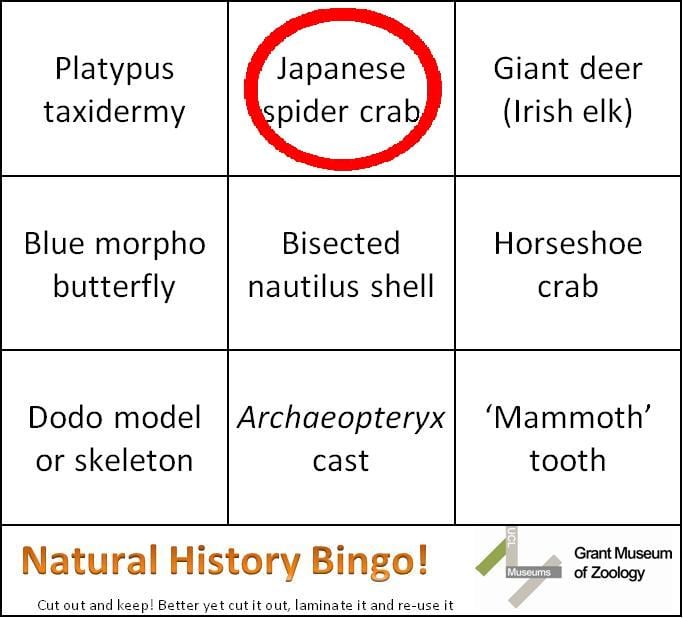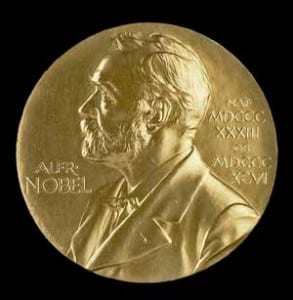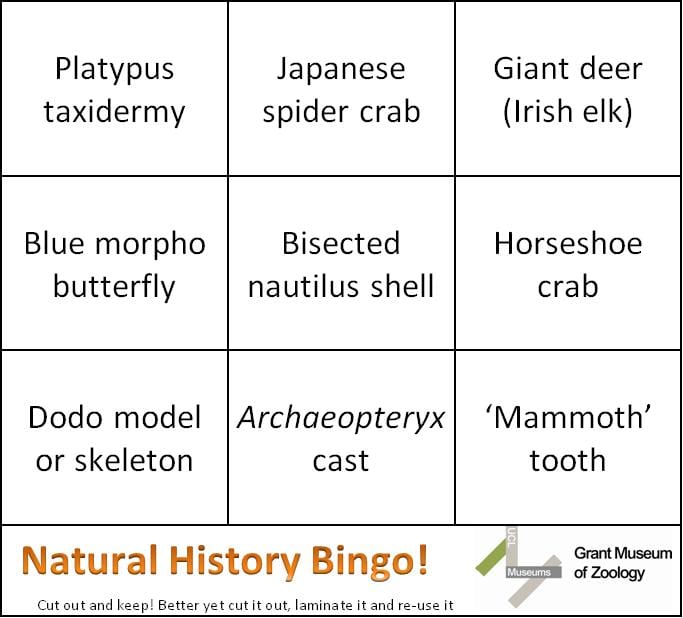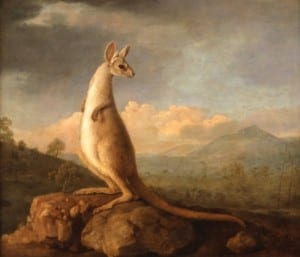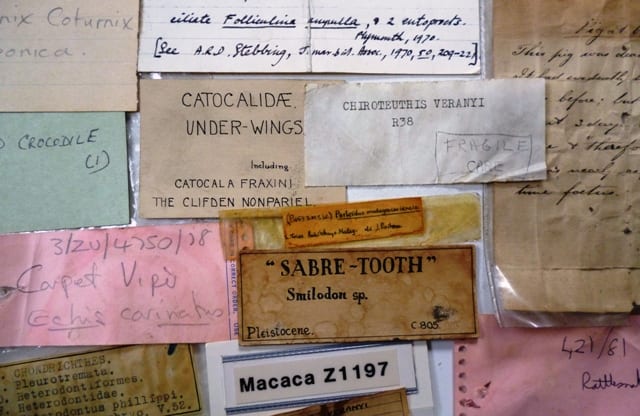Darwin (or) Bust opens today
By Jack Ashby, on 12 February 2014
Charles Darwin would be 205 today. Happy birthday to him. To mark the occasion our Darwin (or) Bust exhibition opens today, showing Darwin as you are unlikely to have seen him before. Darwins have been created out of ants, light, crochet, DNA, his own writings, chocolate and other unusual media, all imagined and made by members of UCL’s Institute of Making.
The Museum’s historic plaster bust of Darwin was moved from UCL’s Darwin Building when our collection was relocated in 2011. The remaining inhabitants of the Darwin Building were sorry to lose him, and so asked the Institute of Making to help them make a new one, from 3D laser scanning. We already had the 3D data as our very own Mona Hess had scanned him for her PhD on scanning in museums, and an idea blossomed…

3D Scan of the Grant Museum’s Darwin bust by Mona Hess (all rights reserved)
Rather than just print off a new Darwin bust for the departments of Structural and Molecular Biology and Genetics, Evolution and Environment in the Darwin Building, we all decided to see what happened if we tapped the minds around us at UCL; asking the members of the Institute of Making how they would reinterpret the 3D data to make a new Darwin for the 21st Century. This multi-venue exhibition is the result. A previous post explains the origins of the exhibition more fully.
The project somewhat snowballed. (more…)
 Close
Close


